Zipper technology has advanced greatly since its inception, evolving from a basic fastening mechanism to an essential part of modern design and functionality. Today, it’s used in everything from clothing to high-tech gear, contributing to convenience and durability. This article delves into the latest innovations and zipper technology’s impact across various industries.
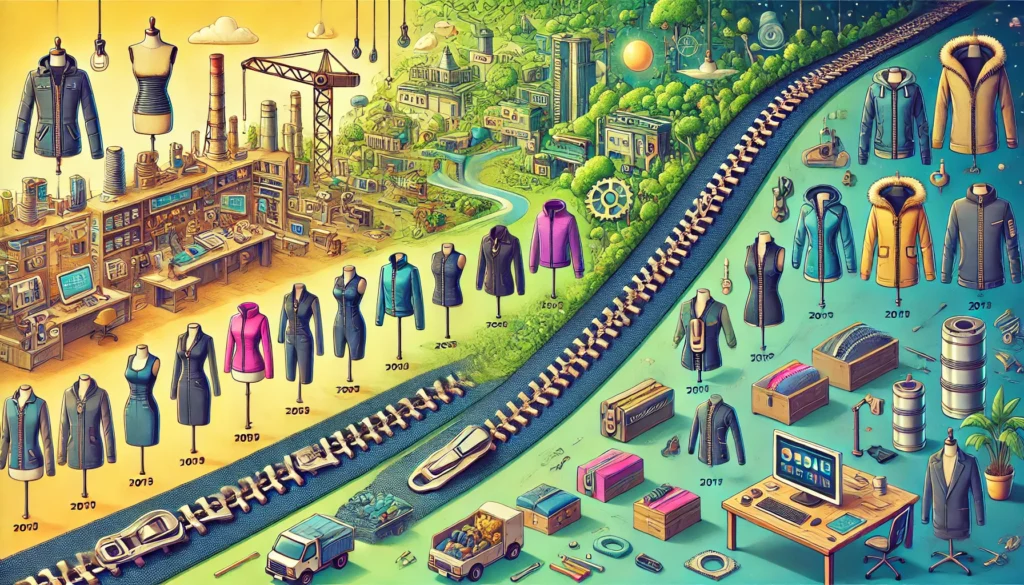
What is Zipper Technology?
At its core, zipper technology refers to the mechanical engineering and innovations that have improved how zippers function. Zippers are designed to securely join two pieces of fabric or material together. While the original design remains similar, modern advancements in zipper technology have made them more durable, reliable, and versatile than ever before.
Historically, Whitcomb Judson invented the first functional zipper in the late 1800s. Over time, engineers like Gideon Sundback made further developments, leading to the zippers we use today. The simple yet brilliant mechanism of interlocking teeth has undergone several upgrades to enhance its functionality, particularly in high-demand environments.
How Zipper Technology Has Evolved
The journey of zipper technology has been driven by the need for stronger, more reliable, and user-friendly fasteners. Here are some of the key improvements over the years:
- Durability Improvements: The earliest zippers were prone to breakage and jamming. Modern zippers use high-quality materials like stainless steel, nylon, and plastic, which resist wear and tear.
- Water-Resistant Zippers: The introduction of weatherproof zippers has significantly boosted product durability in industries like outdoor apparel and sports gear. These zippers prevent water from leaking through and keep products waterproof.
- Silent Zippers: Designed to reduce the noise made when fastening, silent zippers are a popular choice for tactical gear and outdoor equipment where stealth is necessary.
- Self-Locking Zippers: Self-locking zipper technology ensures that the zipper stays securely in place without constantly needing to be adjusted or resealed.
These innovations have propelled zipper technology from a simple fastener to a critical component of products in various sectors.
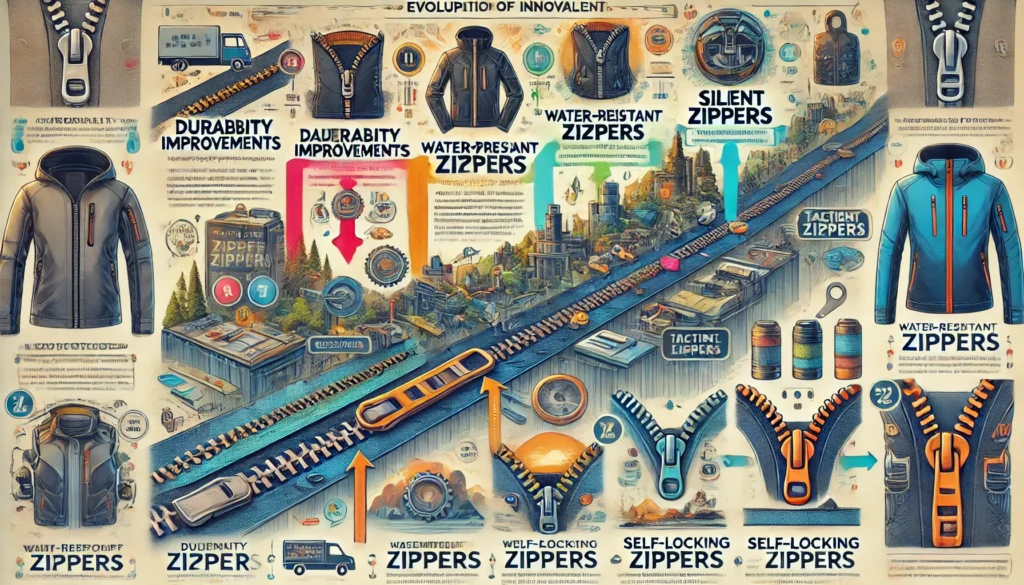
Zipper Technology in Fashion
Zipper technology is an essential tool for designers in fashion. It provides both functionality and aesthetics. Zippers come in various designs today, from hidden zippers used in elegant evening dresses to chunky zippers that serve as a design feature in casual wear.
Fashion brands are embracing innovative zipper technology to improve garment quality. For instance, anti-fray zippers ensure that the fabric around the zipper doesn’t unravel over time, making them perfect for high-end fashion products. Designers are also experimenting with coloured and decorative zippers that add flair to outfits.
Zipper Technology in Outdoor Gear and Luggage
One of the most significant areas where zipper technology has revolutionized design is the production of outdoor gear, luggage, and travel accessories. Zippers in backpacks, tents, sleeping bags, and luggage must withstand rough handling and environmental factors. Here’s how zipper technology has improved these products:
- Heavy-duty Zippers: Zippers are engineered to handle extreme conditions in outdoor gear. They are designed to withstand constant pressure, abrasion, and exposure to the elements.
- Tangle-Free Zippers: Zippers that easily get caught or stuck can be frustrating when you’re outdoors. New zip technology prevents tangling, allowing for smoother use during outdoor activities.
- Lightweight Zippers: For travel gear, zippers are created to be lightweight without compromising strength. Lightweight Zippers help decrease product weight, making luggage and travel bags more straightforward.
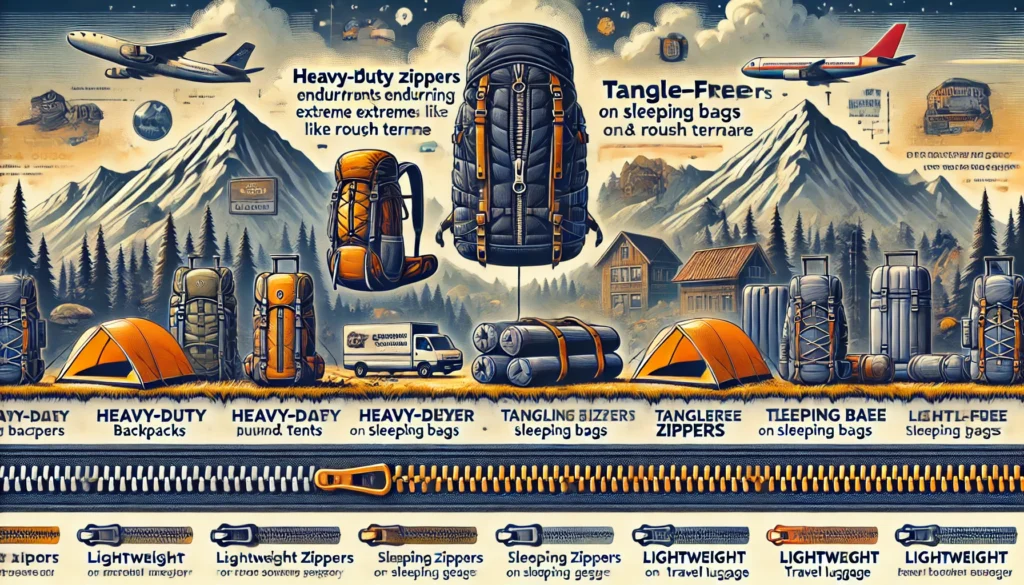
The Role of Zipper Technology in Sports Apparel
Sports apparel companies rely heavily on zipper technology to create durable, functional, performance-enhancing clothing. Zippers are used in jackets, pants, shoes, and even specialized gear such as wetsuits and cycling jerseys. Here’s how zip technology plays a role in the sports industry:
- Ventilated Zippers: In athletic wear, zippers are designed with ventilation in mind. These zippers allow for better airflow, helping athletes regulate body temperature during intense physical activity.
- Compression Zippers: Sportswear brands are integrating zippers that apply gentle compression to enhance circulation and muscle support.
Moreover, many zippers in sports clothing are lightweight and water-resistant, ensuring that athletes stay dry and comfortable during workouts or outdoor activities.
Zipper Technology in High-Tech Products
With the rise of technology in everyday items, zipper technology has made its way into high-tech products such as laptops, gadgets, and smart wear. Zippers securely enclose electronic devices in protective cases, ensuring the safety of sensitive components.
High-tech zippers have added features such as antistatic coatings and RFID protection, making them more relevant in today’s tech-savvy world. These developments improve the safety and durability of high-tech products, allowing for better security and reliability.
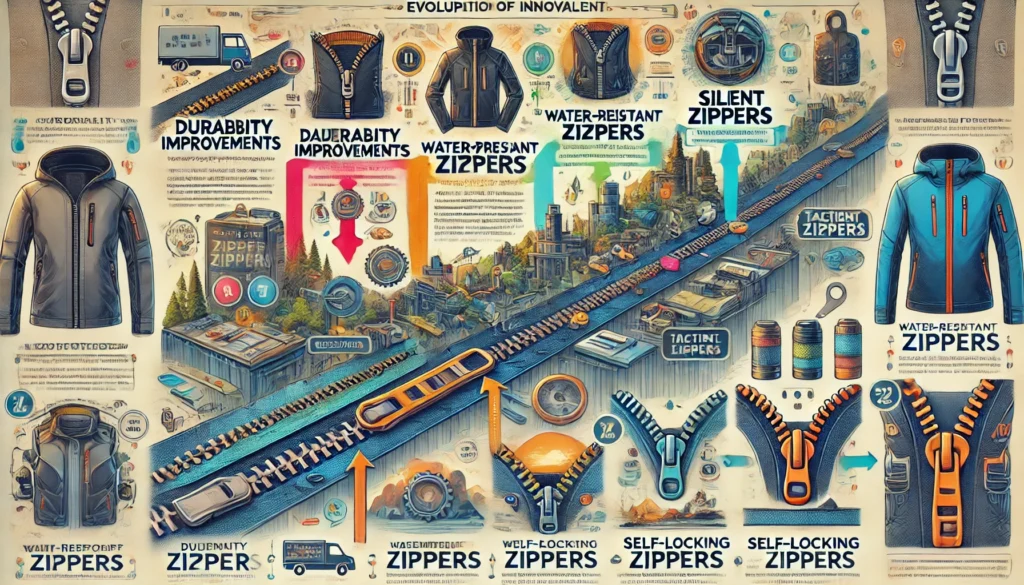
Environmental Impact of Zipper Technology
As the demand for sustainable fashion and products rises, zip technology adapts to greener practices. Brands are moving towards creating recyclable zippers made from eco-friendly materials, such as plant-based plastics. Additionally, some companies are focusing on reducing the carbon footprint of zipper manufacturing by using energy-efficient processes.
Zip technology uses sustainable materials and practices, contributing to the global effort to reduce waste and promote environmental responsibility.
Zipper Technology and the Future
Zipper technologies are expected to continue evolving in exciting ways. One of the main areas of innovation is the development of bright zippers. These zippers can integrate sensors, RFID chips, or even LED lights. Smart zippers could provide new functionality in fashion, outdoor gear, or even medical applications.
Additionally, advances in graphene and self-healing fabrics may revolutionize zipper technologies, offering even stronger and more versatile fasteners.
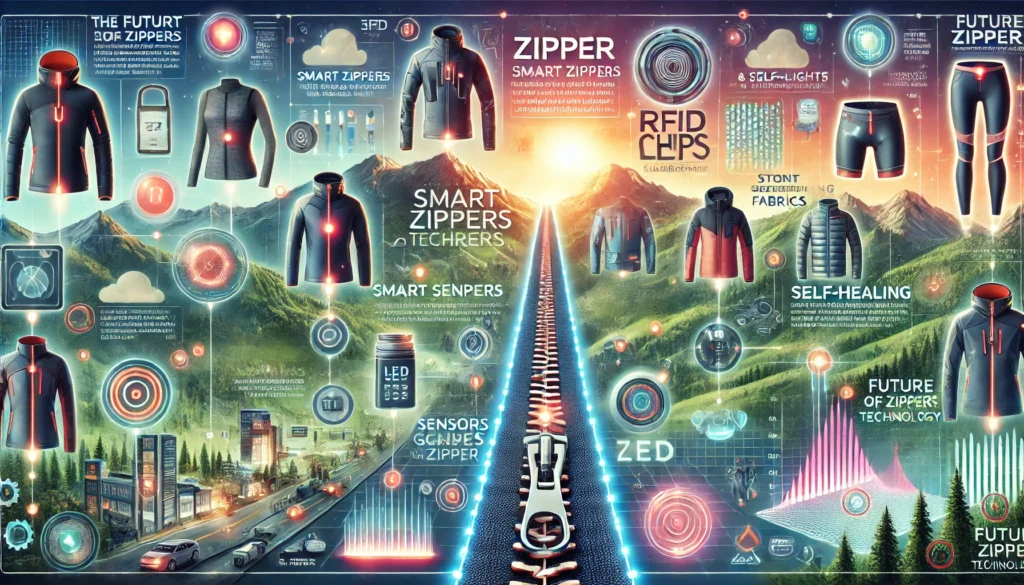
Conclusion
ZT has transformed how we fasten clothing, outdoor gear, and high-tech products. With continuous innovation, zippers are becoming more reliable, functional, and sustainable. The future holds exciting possibilities, and zipper technology will continue to shape various industries, from fashion to sports.
FAQs
What is the most crucial innovation in zipper technology?
The most significant innovation has been the development of durable, weather-resistant zippers for outdoor gear and sports apparel. These zippers ensure that products are more reliable and functional in harsh environments.
How has zipper technology improved fashion?
Zipper technologies have allowed fashion designers to incorporate durable, stylish, functional, and aesthetic zippers. Hidden and decorative zippers are now commonly used in various clothing items.
Are zippers environmentally friendly?
Many zipper manufacturers are shifting to eco-friendly materials and sustainable production processes. Recyclable zippers from plant-based plastics are becoming more popular in the fashion industry.
What industries benefit from zipper technology?
ZT benefits many industries, including fashion, outdoor gear, luggage, sports apparel, high-tech gadgets, and medical equipment.
What is the future of zipper technology?
The future of zipper technologies include integrating innovative features, such as RFID chips or sensors, and using new materials that could make zippers even stronger and more versatile.


